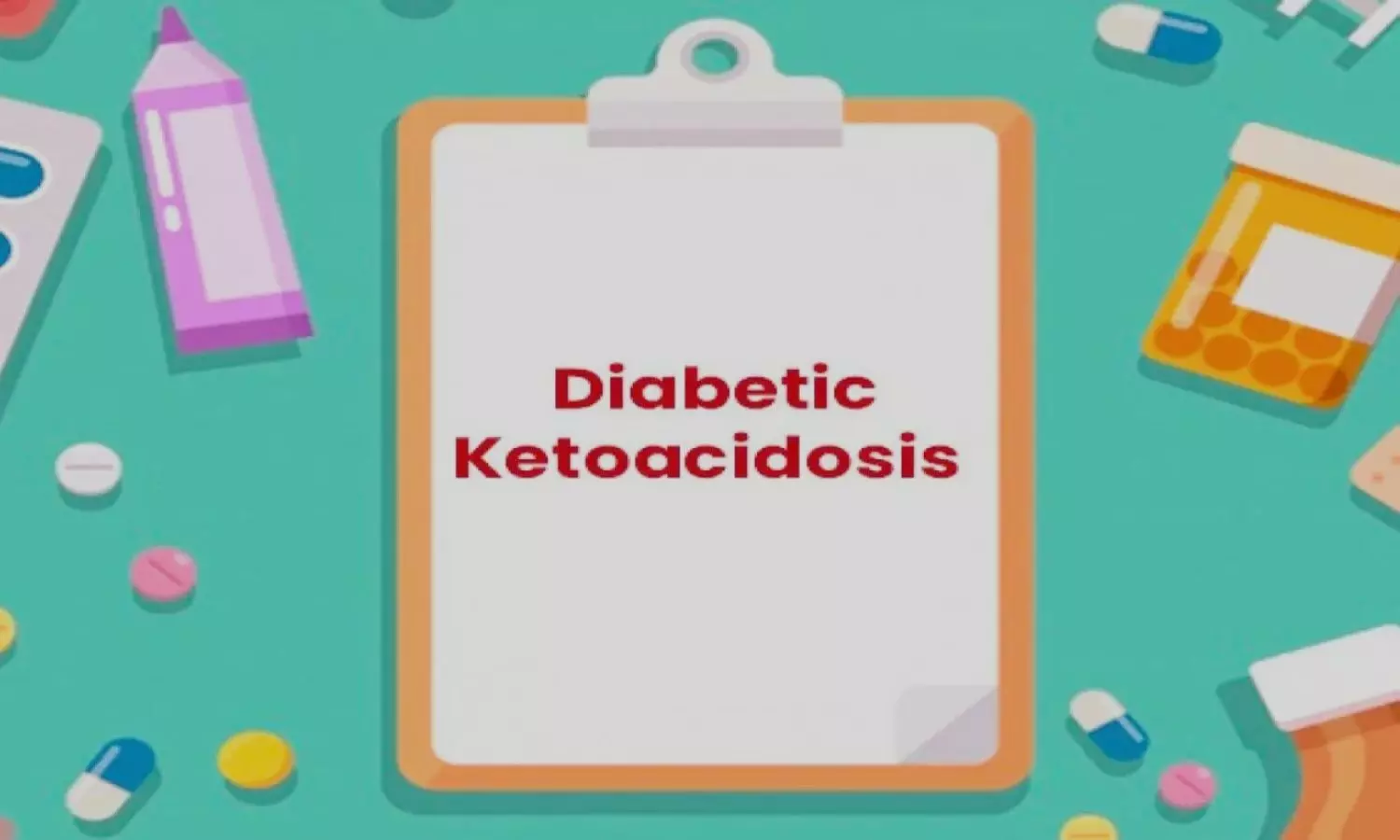Study Links Elevated Beta-Hydroxybutyrate Levels to Increased DKA Risk in Type 1 Diabetes Patients on Sotagliflozin

USA: A recent study published in Diabetes Technology & Therapeutics has revealed a concerning connection between elevated beta-hydroxybutyrate (BHB) levels and the risk of diabetic ketoacidosis (DKA) in adults with type 1 diabetes (T1D) receiving sotagliflozin, an SGLT1/2 inhibitor. The findings highlight the need for careful monitoring and patient education regarding DKA risks in this population.
According to the authors, incremental increases in baseline BHB levels and BHB changes from baseline (ΔBHB) were associated with a greater risk of DKA, regardless of the treatment. Additionally, the authors found that adding sotagliflozin to insulin therapy led to higher median BHB levels over 24 weeks in patients with type 1 diabetes, which was linked to an increase in DKA events.
DKA is a serious and potentially life-threatening condition characterized by high blood sugar, ketone accumulation, and metabolic acidosis. It is particularly concerning in individuals with T1D, who are already at a greater risk for this complication. Sodium-glucose cotransporter inhibitors may elevate BHB levels in patients who require insulin. Considering this, Schafer Boeder, Division of Endocrinology and Metabolism, Department of Medicine, University of California, San Diego, La Jolla, California, USA, and colleagues identified factors associated with changes in beta-hydroxybutyrate from baseline and the occurrence of diabetic ketoacidosis in patients with type 1 diabetes receiving sotagliflozin as an adjunct to insulin therapy.
For this purpose, the researchers conducted a post hoc analysis comparing ΔBHB levels in adults with T1D who received either 400 mg of sotagliflozin or a placebo for six months. They assessed clinical and metabolic factors related to ΔBHB and utilized logistic regression models to identify predictors associated with BHB levels greater than 0.6 and 1.5 mmol/L (inTandem3 population; N = 1,402) or with DKA events in a pooled analysis (inTandem1–3; N = 2,453).
The study led to the following findings:
- From baseline (median, 0.13 mmol/L), median fasting BHB increased by 0.04 mmol/L at 24 weeks with sotagliflozin versus placebo; 67% of patients had no or minimal changes in BHB over time.
- Factors associated with on-treatment BHB >0.6 or >1.5 mmol/L included baseline BHB and sotagliflozin use.
- Age, insulin pump use, sotagliflozin use, baseline BHB, and ΔBHB were significantly associated with DKA episodes.
- Independent of treatment, DKA risk increased by 18% with each 0.1-mmol/L increase in baseline BHB and 8% with each 0.1-mmol/L increase from baseline.
The results highlight the significance of patient selection based on BHB testing before initiating SGLT inhibitors and the necessity for education on the risks, mitigation strategies, identification, and treatment of ketosis and DKA.
“Additionally, our findings indicate that BHB monitoring should be implemented for all patients with type 1 diabetes, regardless of whether they are using SGLT inhibitors. However, further research is needed to establish the optimal frequency for BHB monitoring,” the researchers concluded.
Reference:
Boeder S, Davies MJ, McGill JB, Pratley R, Girard M, Banks P, Pettus J, Garg S. Beta-Hydroxybutyrate Levels and Risk of Diabetic Ketoacidosis in Adults with Type 1 Diabetes Treated with Sotagliflozin. Diabetes Technol Ther. 2024 Sep;26(9):618-625. doi: 10.1089/dia.2023.0605. Epub 2024 May 13. PMID: 38441906.



